On Kim Scott: Writers on writers
Black Inc., $22.99 hb, 89 pp
Archival poetics
In this latest instalment of Black Inc.’s ‘Writers on Writers’ series, we have the intriguing prospect of Tony Birch reflecting on the work of Kim Scott. While most of the previous twelve books in this series have featured a generational gap, Birch and Scott, both born in 1957, are almost exact contemporaries. This is also the first book in the series in which an Indigenous writer is considering the work of another Indigenous writer. It will not be giving too much away to say that Birch’s assessment of Scott’s oeuvre is based in admiration. There is no sting in the tail or smiling twist of the knife.
Continue reading for only $10 per month. Subscribe and gain full access to Australian Book Review. Already a subscriber? Sign in. If you need assistance, feel free to contact us.


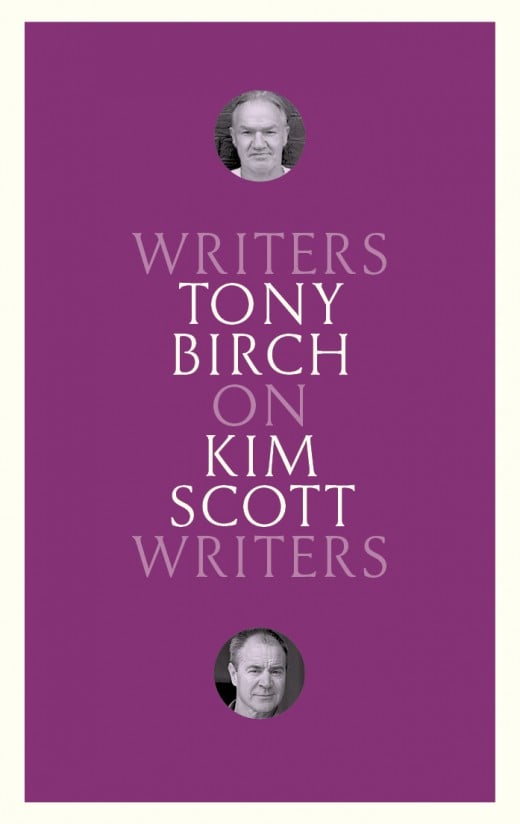
.jpg)

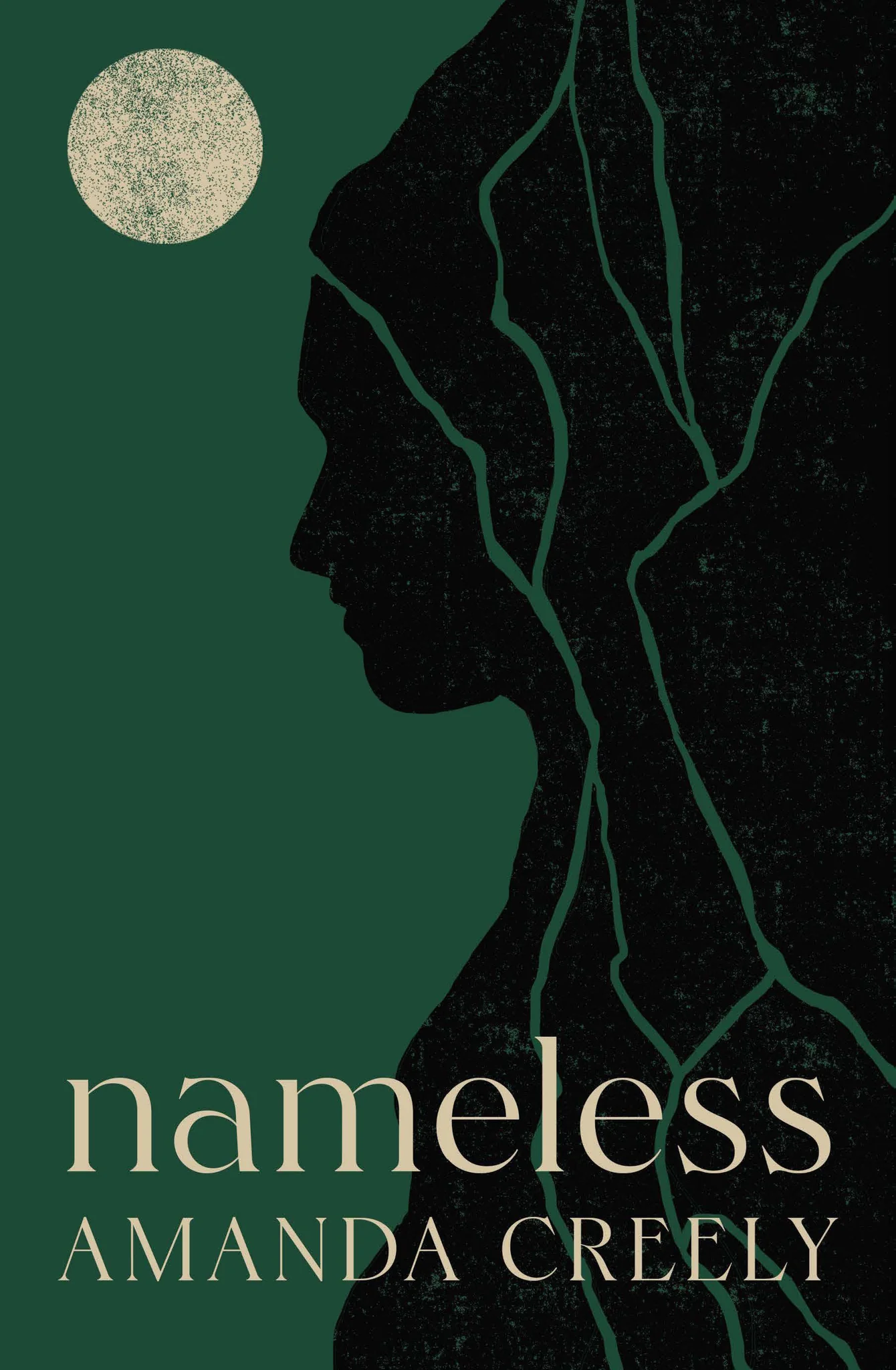
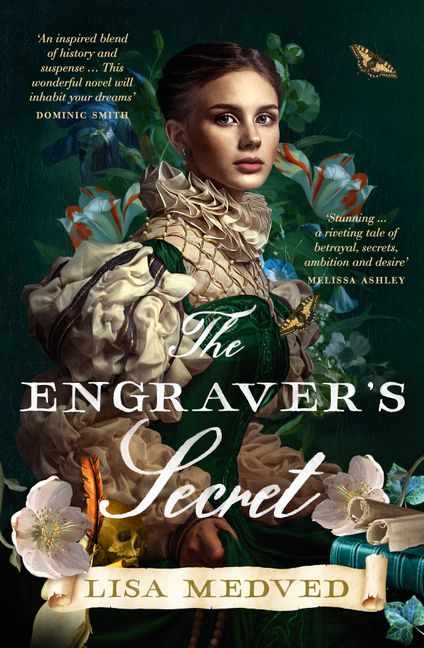
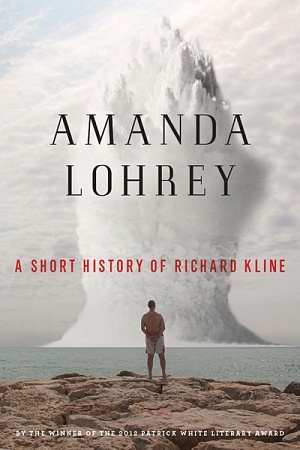
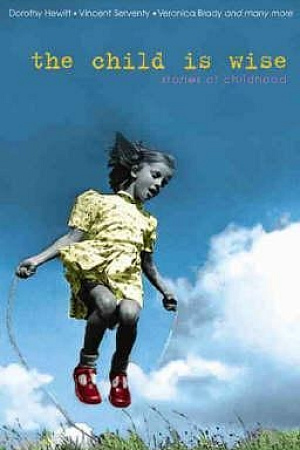

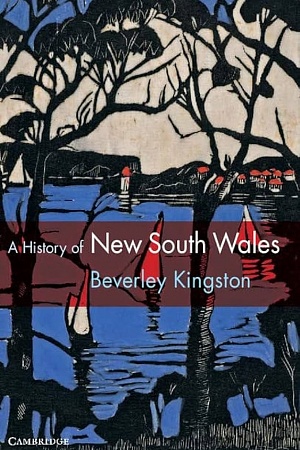
Leave a comment
If you are an ABR subscriber, you will need to sign in to post a comment.
If you have forgotten your sign in details, or if you receive an error message when trying to submit your comment, please email your comment (and the name of the article to which it relates) to ABR Comments. We will review your comment and, subject to approval, we will post it under your name.
Please note that all comments must be approved by ABR and comply with our Terms & Conditions.